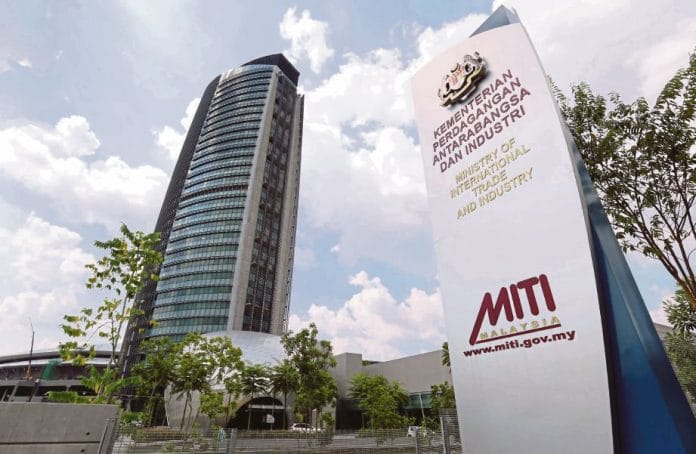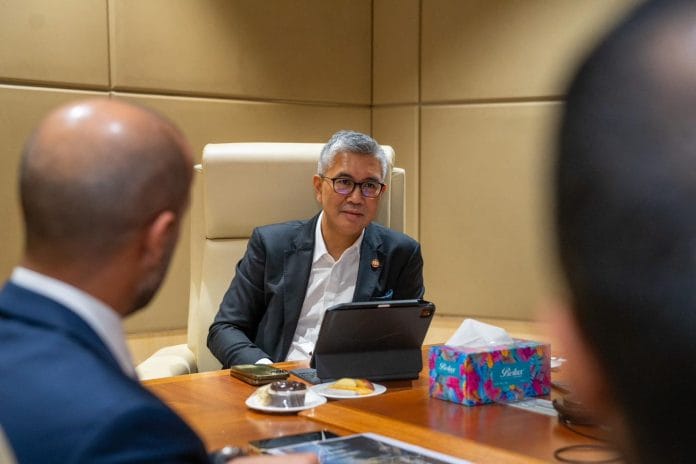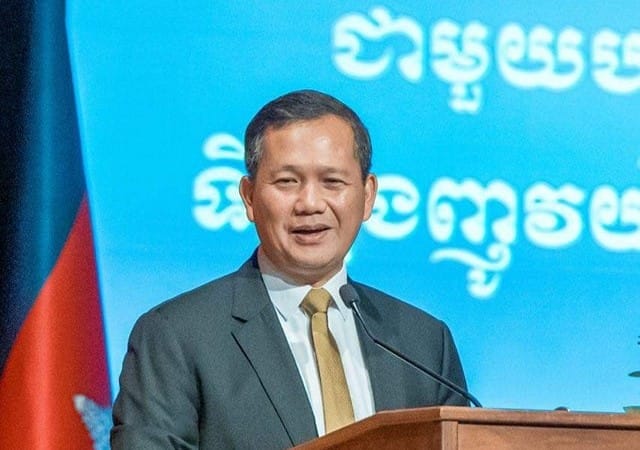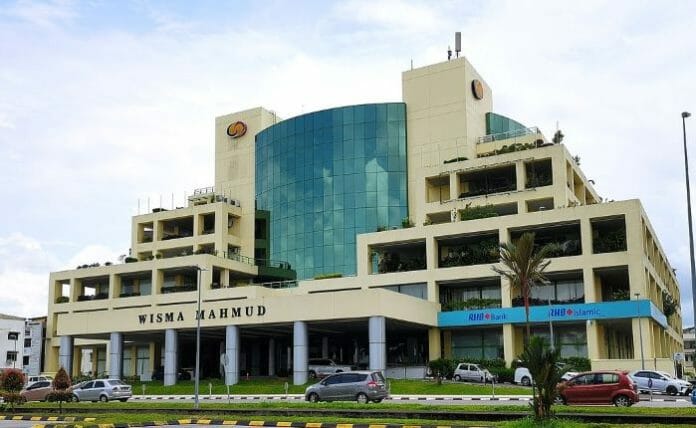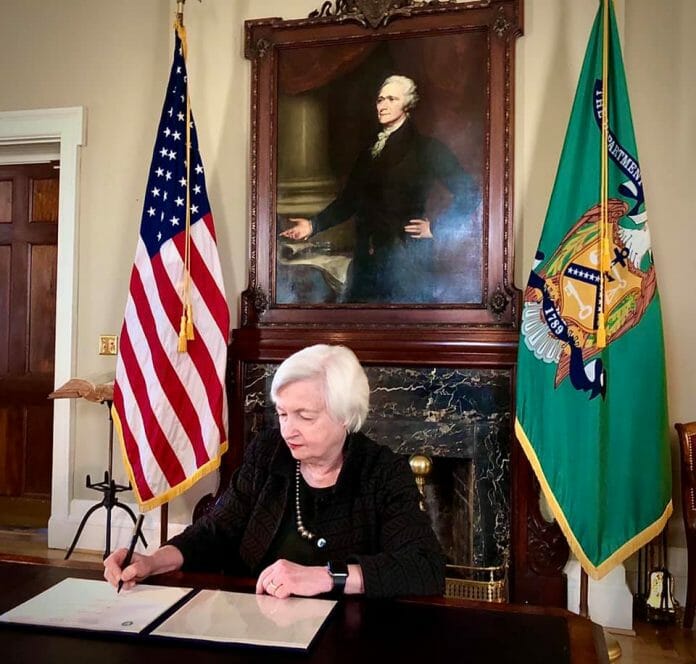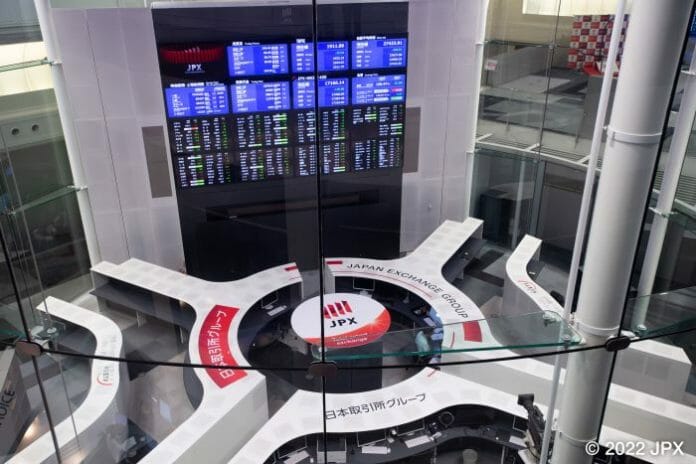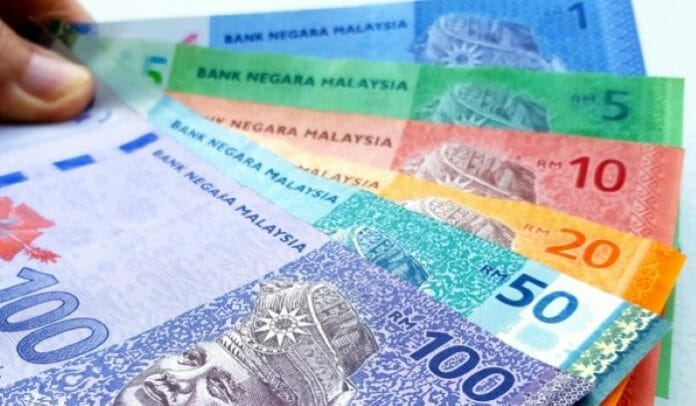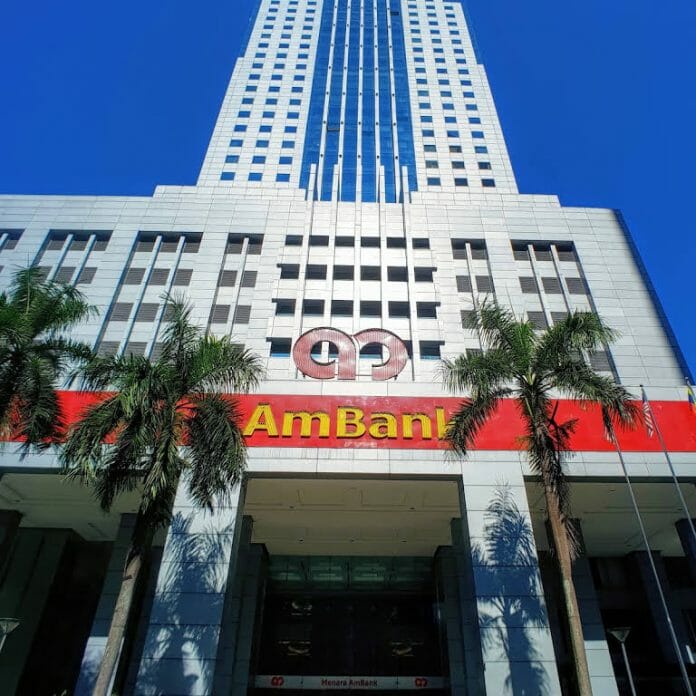Trade figures for January 2024 surged by an impressive 13.3%, reaching a substantial value of RM234.73 billion. The latest data released by the authorities indicates a robust double-digit expansion, signaling a remarkable turnaround for the nation’s economy.
Exports saw a modest increase of 8.7% to RM122.43 billion, while imports surged by 18.8% to RM112.3 billion, marking a record high for January. Simultaneously, Malaysia maintained its trade surplus, reaching RM10.12 billion for the 45th consecutive month since May 2020.
This rebound in trade performance can be attributed to various factors, including increased shipments of petroleum products, machinery, equipment, and parts, as well as iron and steel products. Notably, exports to key trading partners such as ASEAN, the United States, the European Union, and Japan recorded significant expansions, further fueling Malaysia’s trade resurgence.
Compared to December 2023, trade, exports and imports increased by 4.3%, 3.4%,and 5.3%, respectively while trade surplus contracted by 13.8%.
Export Sector Analysis
Malaysia’s export sector in January 2024 exhibited resilience and dynamism across various categories. Manufactured goods, constituting a significant portion of total exports, demonstrated notable growth, while mining goods and agriculture goods also contributed to the overall positive performance.
Manufactured goods, accounting for 84.7% of total exports, showcased a commendable expansion of 9.3% year-on-year, totaling RM103.65 billion. This growth was widespread across most manufactured goods categories, with petroleum products, machinery, equipment and parts, iron and steel products, and manufactures of metal driving the increase. However, electrical and electronic (E&E) products experienced a slight decline of 6.5%, attributed mainly to reduced exports to China and Singapore.
Exports of mining goods, comprising 7.9% of total exports, declined by 4.9% year-on-year to RM9.72 billion. This decrease was primarily driven by reduced exports of liquefied natural gas (LNG).
Agriculture goods, representing 6.7% of total exports, rebounded strongly with a double-digit expansion of 17.5% to RM8.24 billion. This growth, reversing the negative trend observed since November 2023, was fueled by robust exports of palm oil and palm oil-based agriculture products.
Major Export Products:
Several key export products played pivotal roles in driving Malaysia’s export performance in January 2024. Notably, electronic and electrical (E&E) products, despite experiencing a slight decline of 6.5%, remained the top export product, valued at RM44.02 billion and accounting for 36% of total exports.
Petroleum products emerged as another significant contributor, witnessing a robust growth of 24.2% to RM14.81 billion, constituting 12.1% of total exports. This surge in petroleum product exports further solidifies Malaysia’s position as a key player in the global energy market.
Palm oil and palm oil-based agriculture products also made substantial contributions, with exports totaling RM6.15 billion, marking a notable increase of 16.3%. This category accounted for 5% of total exports and reflected Malaysia’s strength in the agriculture sector.
Despite a decline of 9.3%, LNG remained a significant export product, valued at RM6.05 billion and constituting 4.9% of total exports. Additionally, chemicals and chemical products experienced a moderate growth of 4.4%, totaling RM6.03 billion and representing 4.9% of total exports.
Overall, these major export products underscore Malaysia’s diversified export portfolio and its ability to capitalize on various sectors to drive economic growth and resilience.
Source: Ministry Of Investment, Trade and Industry


